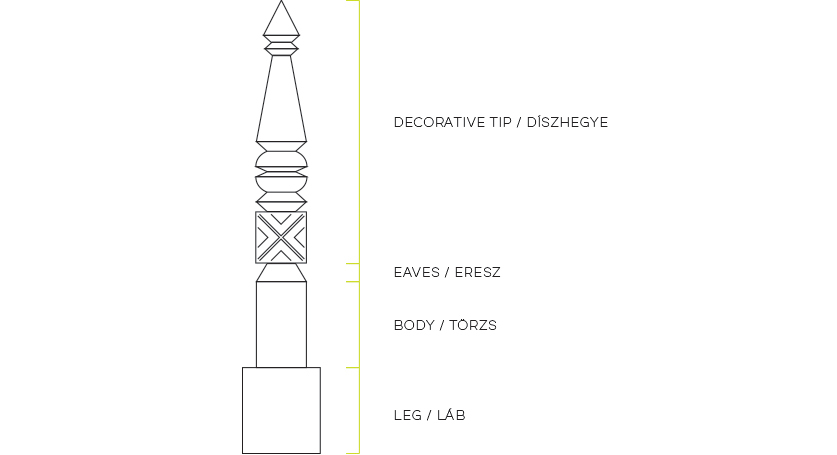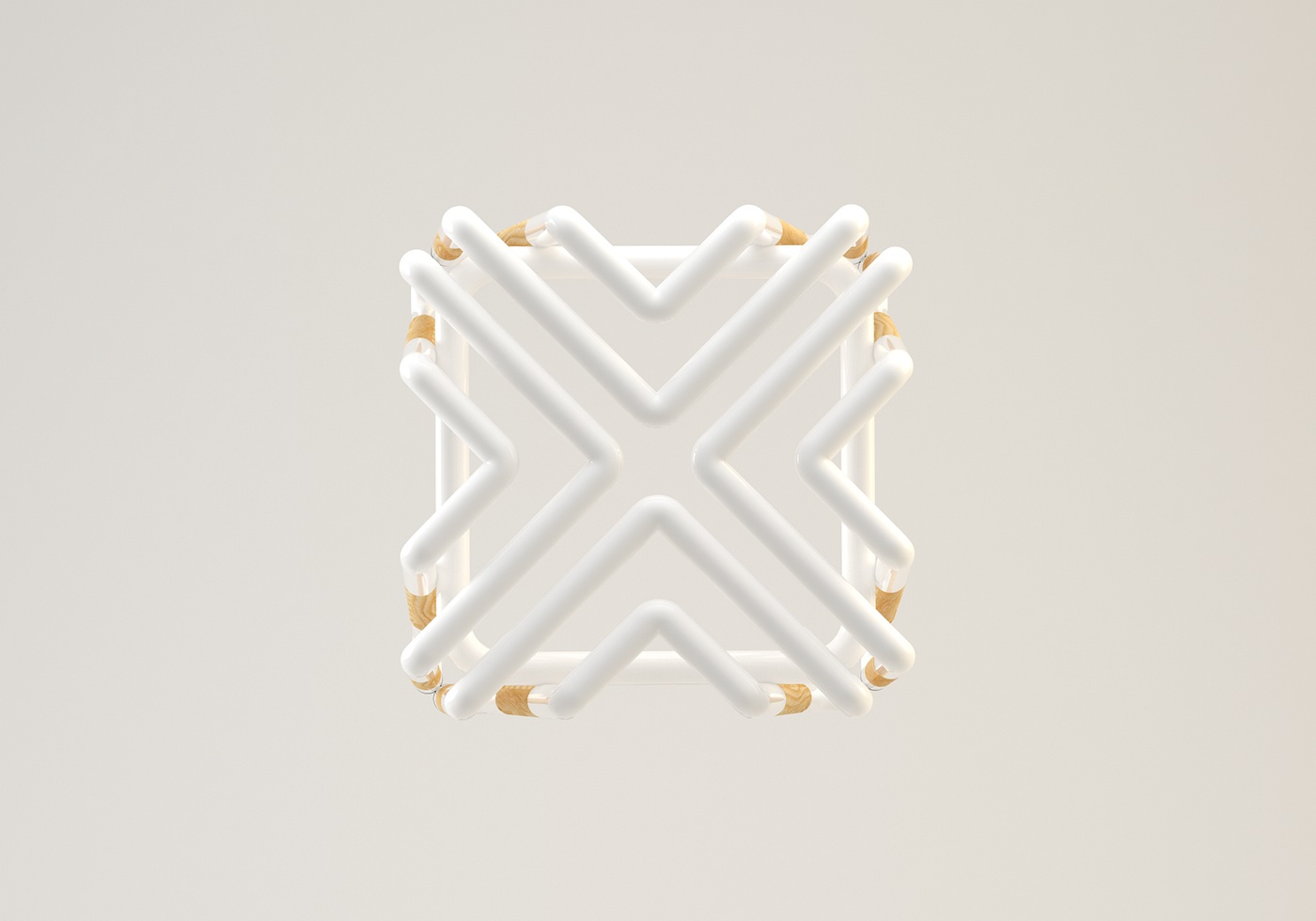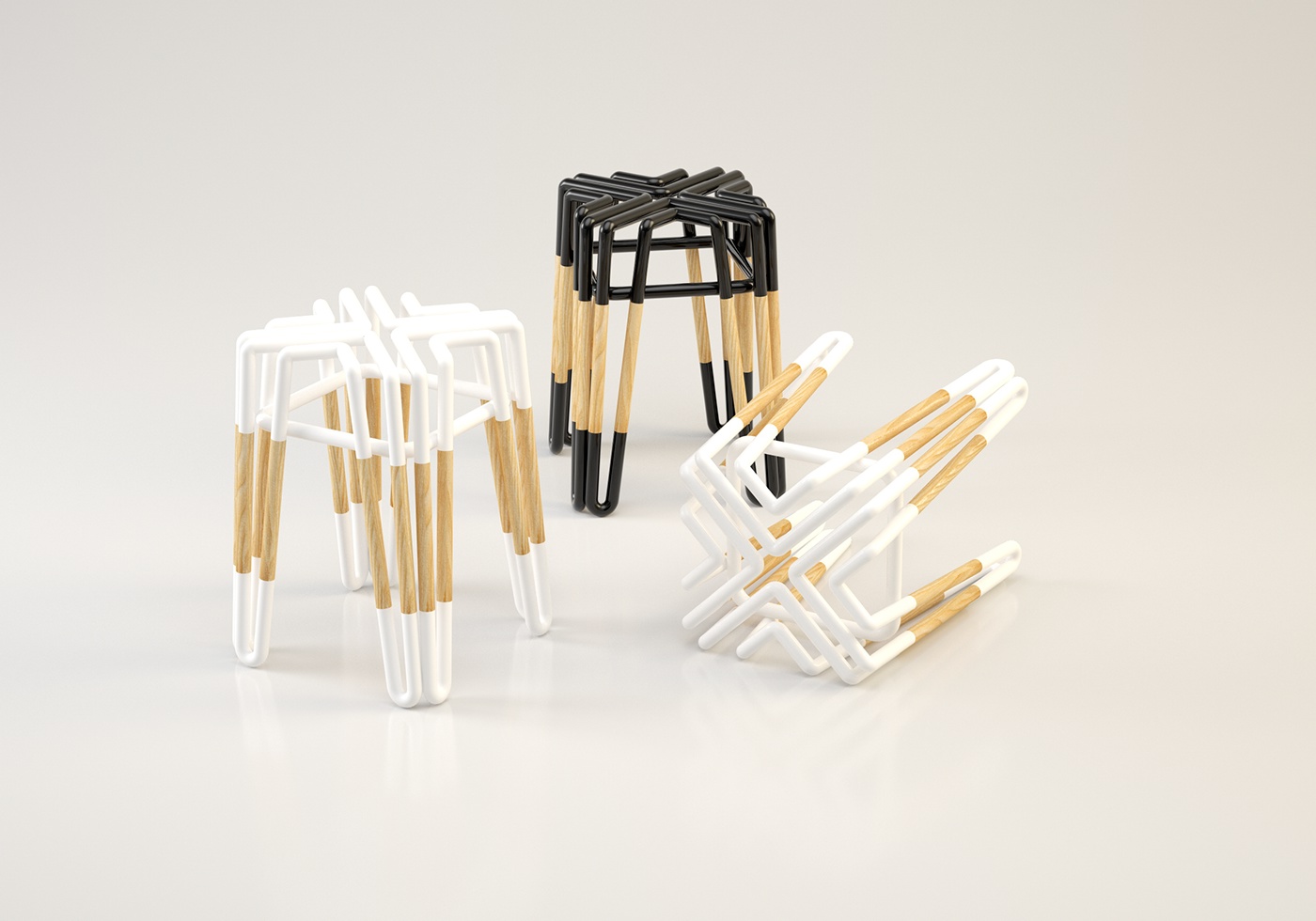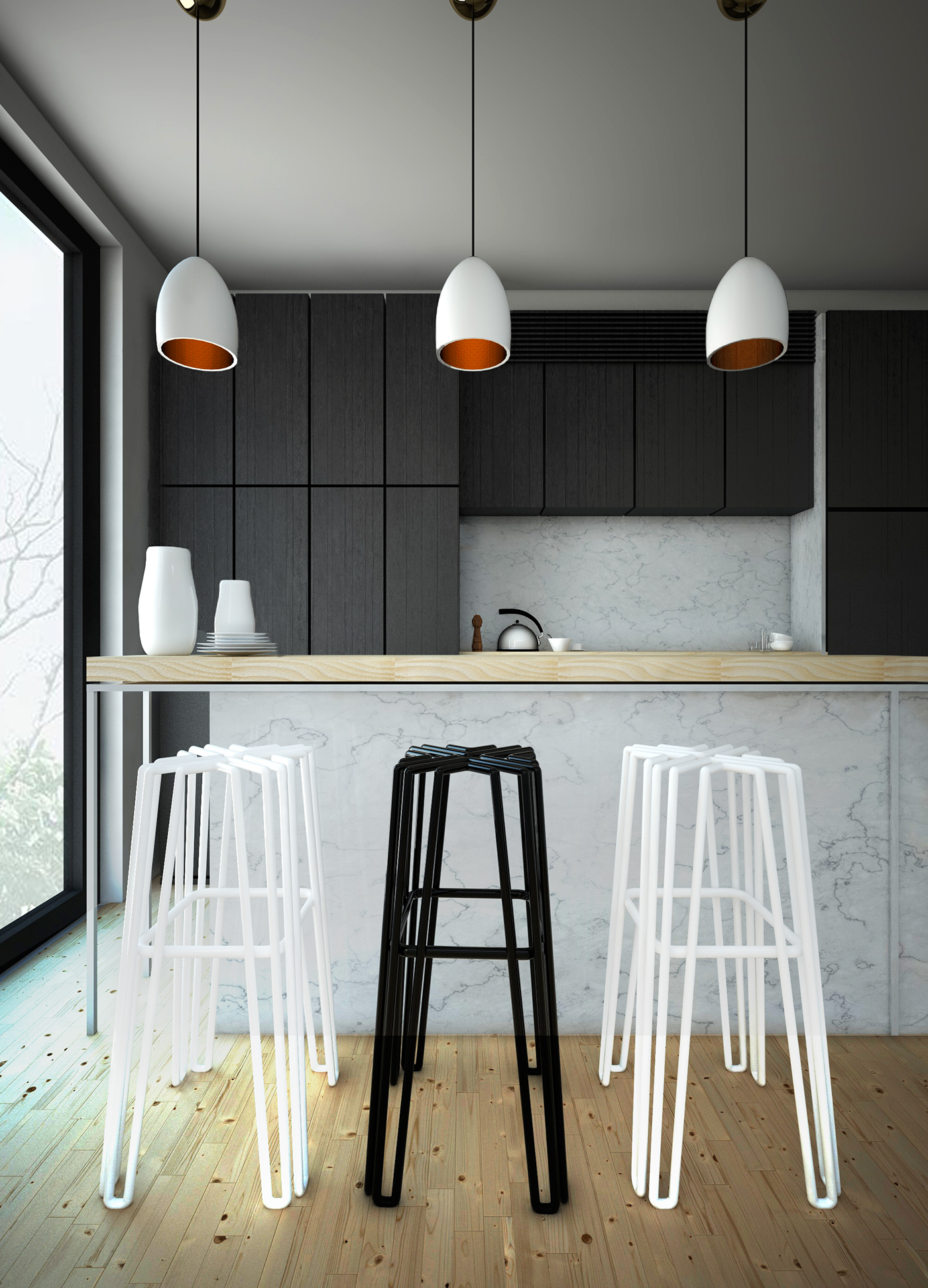
The history of ornaments belongs to the ancient times. Its role changed in the beginning of the20. century. From that on it has been devalved to the art of illiterate and vernacular people. The famous essay „Ornament and Crime” was written by Adolf Loos in 1908. The effect of this script prolonged for a hundred years. The application of ornaments in high art or design is becoming legitimate nowadays.
Task: Designing a furniture inspired by the Hungarian ornamental heritage. The motif must be a base of the further transformation, abstraction, reinterpretation in a 3D way.

Az ornamens története az ősidőkig nyúlik vissza. Szerepe először a XX. században változott meg. Ekkor értékelődütt le a műveletlen, népi miliő művészetévé. Adolf Loos híre tanulmánya, az ,,Ornamens és bűnözés” 1908-ban született. Hatása mintegy száz éven keresztül tartott, csak napjainkban válik újra legitimmé a díszítés használata a magas művészetben vagy designban.
Feladat: Bútordarab tervezése a magyar népi kúltura ornamenskincsének felhasználásával. A gyűjtés során választott motívum áttételes módon, konstrukciós alapként, dimenzióváltással, absztrahálva kell átdolgozni, újraértelmezni.
Headboard / Kopjafa

- The headboard is a decorated memorial column, generally made of wood, rarely from carved out stone.
- A kopjafa általában fából készül, ritkábban kőből kifaragott, díszített emlékoszlop.
- The wooden headboard statement can be traced back onto an old Transilvanian habit.
- A kopjafaállítás régi székely szokásra vezethető vissza.
-At the time of a funeral the coffin was take out with two headboards to the cemetery, and these headboards were pinned into the two ends of the sepulchral mound.
-Temetéskor a koporsót két kopjfának nevezett rúdon vitték ki a temetőbe, s ezeket a sírhalom két végébe tűzték.
Meaning of the symbols / A szimbolumok jelentése



Looking at several symbols, I found an interesting symbol, called Transylvanian cross. This is the symbol of patriotism, it was carved, if the deceased was proud his own Transylvanian origin. This was planted in my chair, and that's why it called Proud chair.
Sok szimbólumot átnézve találtam rá a Székely keresztre. Ez a szimbólum egy hazaszeretet jelkép, ezt akkor faragták bele a fába, ha az elhunyt büszke volt az Erdélyi származására. Ezt a szimbólumot megragadva terveztem a székem és ezért is hívják ,,Büszke széknek".

The Transylvanian cross is also visible in top view, and user can easily recognize it. Everytime when sitting on this chair, can remember the Transylvanian peoples and has a piece of our traditions.
A Székely kereszt felülről látható leginkább, és a felhasználó könnyen azonosítani tudja. Minden alkalommal, mikor ülünk ezen a széken a Székely emberekre emlékezhetünk és egy darabkát birtokolhatunk a Székely tradicióból.

I designed two types of chair, the earlier was a kitchen chair and this is the higher one, a bar chair.
Két fajta széket terveztem, a korábbi egy konyha szék és a magasabb bár székként használható.


Thank you for watching me! If you like my project, don't forget to press the appreciate button!
Köszönöm, hogy megnézted a munkám.

